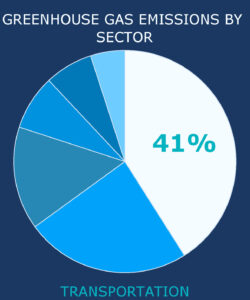Sustainable development is described by many different names such as “infill.” Its main features are compact, walkable developments that include housing located within walking or biking distance of services and jobs. The major benefit of this form of development is the ensuing reduction in vehicle miles travelled (VMT), which translates to reduced greenhouse gas emissions from the transportation sector. State and federal leaders must support local governments in their efforts to encourage infill development with financial assistance and regulatory reform.
